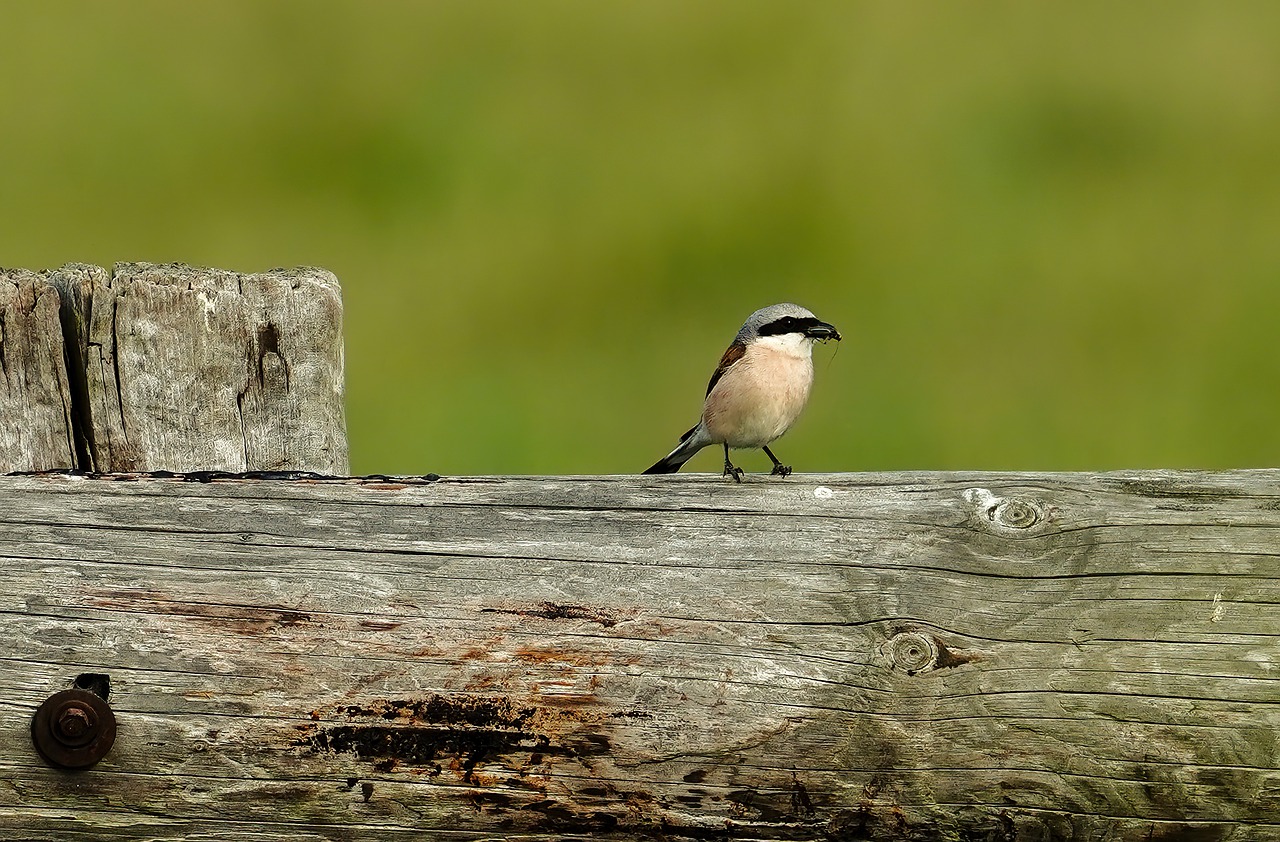Törnskatan i sydöstra Sverige: Häckningsbiologi
DOI:
https://doi.org/10.34080/os.v5.22999Nyckelord:
häckningstider, kullstorlek, val av boplats, häckningsframgång, populationsstudierAbstract
The breeding biology of Red-backed Shrikes was studied in Gryt, southeastern Sweden from 1956–94. The shrikes used many different kinds of nest sites and a variety of nest materials. Parallel to an increased colonization of planted clear-cuts, young spruce has become more often used as a nest site. Mean clutch size was 5.3 eggs when also late clutches and repeat layings were included. The mean size of clutches in May was 5.64, with a marked decrease during the course of the summer. Average breeding success was 3.4 fledged young, with failing nests included, while it was 4.3 for successful nests (i.e. nests from which at least one young fledged). Nests suffering total loss made up 19.8% of 11 nests; total loss was mostly the result of predation. There were great differences in breeding success between favourable and unfavourable springs. Juvenile Red-backed Shrikes stayed near the nest up to one month after fledging after which they left, often still together and attended by the adults. Breeding success was good in the study area over the whole study period, and, contrary to the situation in other parts of Sweden, the local population showed no signs of a decline. Such a decline has been very marked (75% or more) in the northern part of the breeding area. Periods of bad weather there seem to hit the population harder than further south. Probably the poor reproduction reported for the Swedish population of Red-backed Shrikes refers to these marginal areas of the breeding range. It is possible that the shrikes are negatively affected by factors acting during the major part of the year when they live outside the Swedish breeding area.
Nedladdningar

Downloads
Publicerad
Referera så här
Nummer
Sektion
Licens
Författaren/författarna innehar copyright för varje enskilt bidrag, men samtliga bidrag är publicerade under en Creative Commons-licens, så att vem som helst kan dela och återanvända bidraget förutsatt att copyright-innehavaren erkänns.







